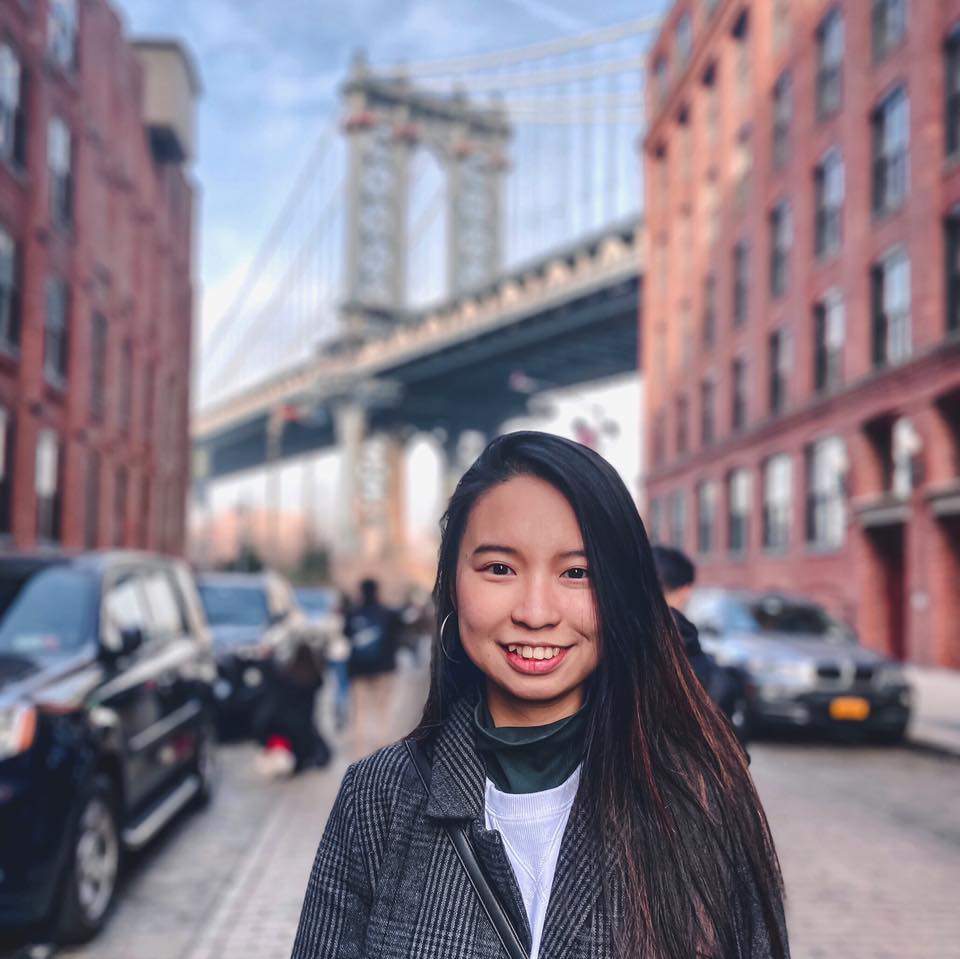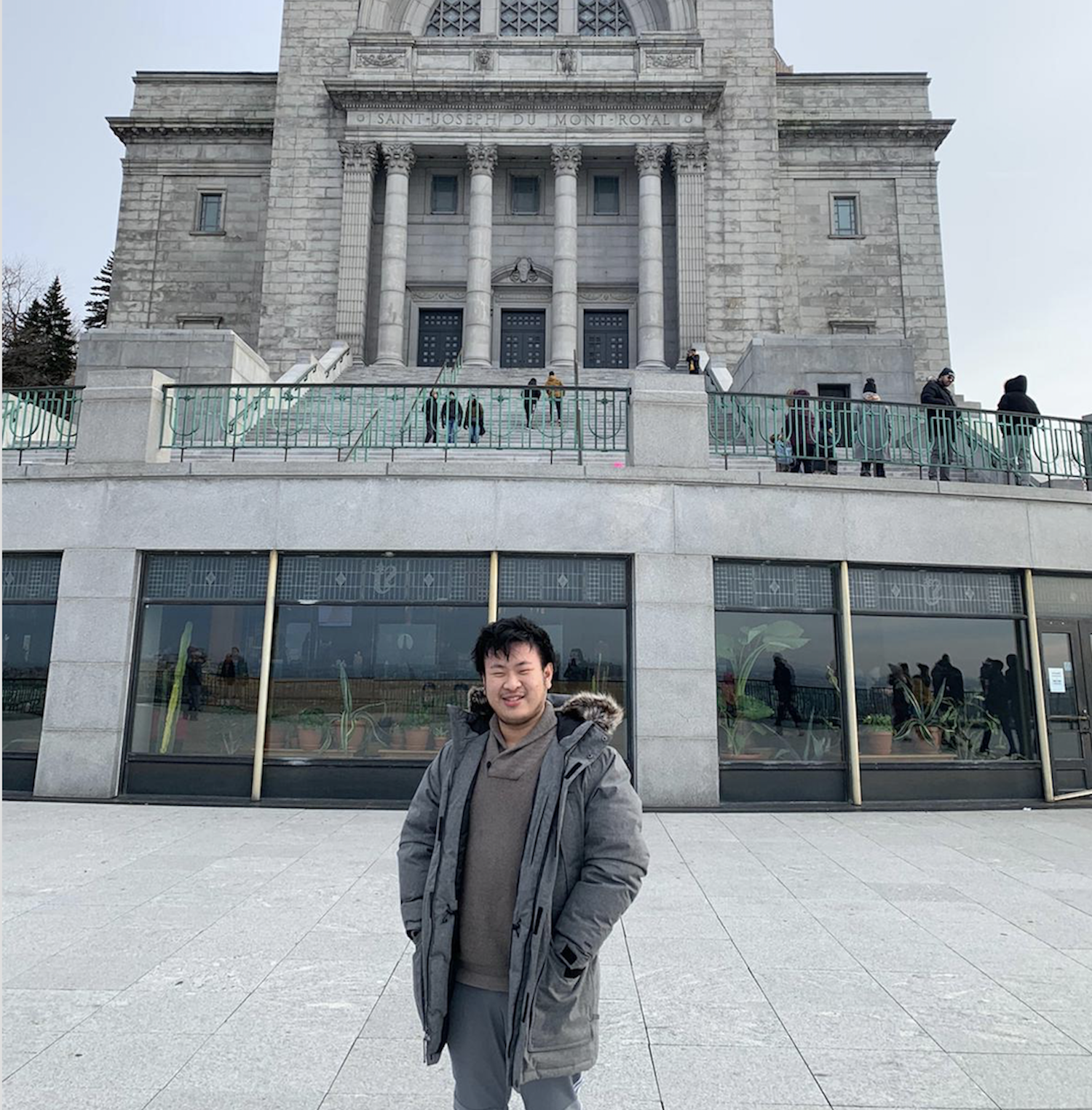Yin Yin Low
yinlow63@uw.edu
The city of Los Angeles is one of the most populous and diverse in the United States. It is the entertainment capital of the world, but with it comes crimes of various natures.
In this analysis, we want to highlight crimes in various districts of LA and how it changes over the years. Click on a district on the map to check the crimes within that district. Move the slider to see how crime changes in that district from the year you chose to 2017.
This project was created for the course CSE442: Data Visualization, at the Paul G. Allen School of Computer Science & Engineering within the University of Washington

yinlow63@uw.edu

sherrp@uw.edu

chengz27@uw.edu

jusufj@uw.edu

aditya97@uw.edu